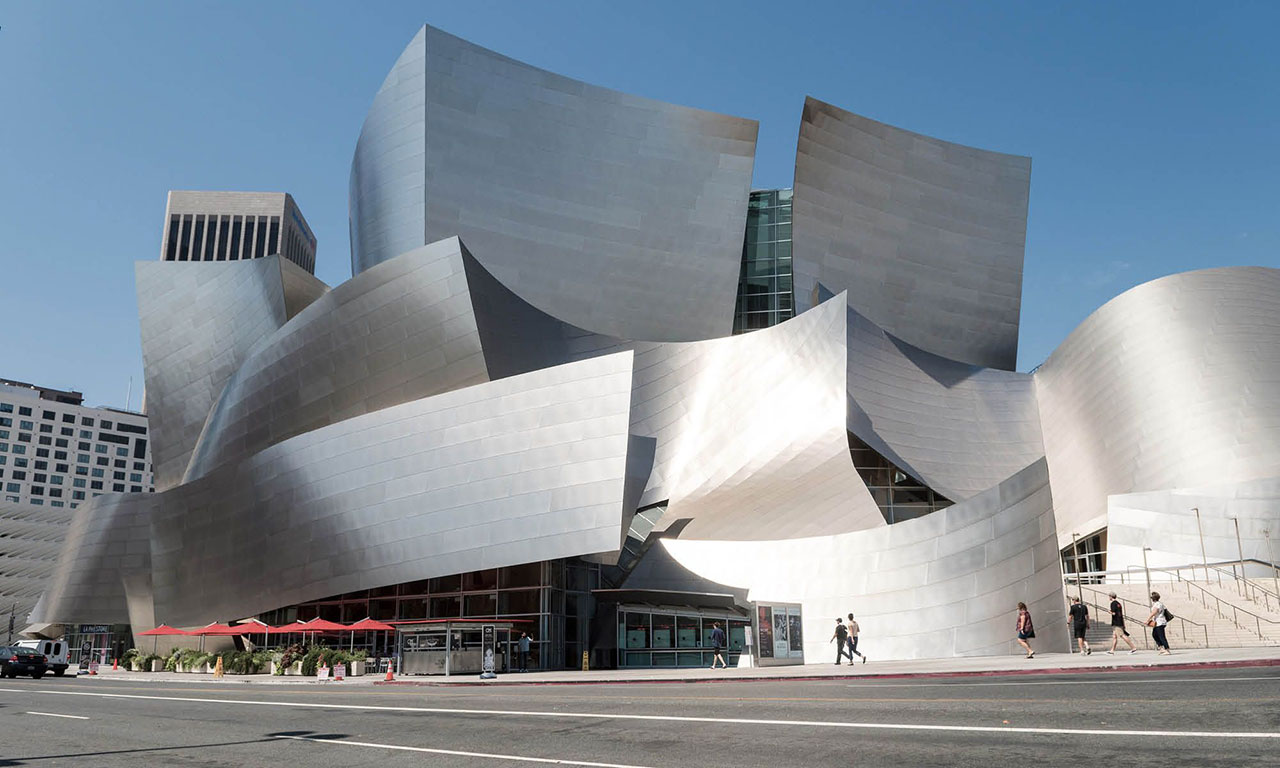Architecture and the Future of Workspaces: A New Era of Flexibility and Collaboration
The way we work is rapidly evolving, and as we move towards a more flexible and decentralized working environment, the role of architecture is becoming increasingly important. The built environment has always played a crucial role in shaping the way we live and work, but in the digital age, it has the potential to do even more.
One of the key trends driving the future of work is the rise of remote work. The pandemic has drastically accelerated the rise of work from home, and architects have been at the forefront of designing spaces that accommodate this shift. With more employees working from home or other remote locations, architects are creating home office spaces that are both functional and aesthetically pleasing. This includes designing spaces that maximize natural light, reduce noise, and prioritize comfort and ergonomics.
Additionally, architects are finding new ways to promote seamless collaboration and communication, even when employees are working remotely and are not physically present in the same space, through virtual meeting spaces and other digital tools.
Another important aspect of the future of work is sustainability. As concerns about climate change continue to grow, there is a growing awareness of the need to create buildings that are energy-efficient, environmentally friendly, and sustainable. Architects are now designing buildings that use renewable energy sources, incorporate green spaces, and are built with sustainable materials. These buildings not only reduce the environmental impact of workspaces but also create healthier, more productive environments for workers.
The future of work is also being shaped by the need to create spaces that promote well-being and mental health. As more people suffer from stress and burnout, architects are increasingly focusing on designing spaces & buildings that prioritize natural light and fresh air, and incorporate greenery and biophilic elements that can reduce stress and anxiety. Additionally, architects are finding new ways to create spaces for relaxation, mindfulness, and exercise, with features like meditation rooms, yoga studios, and walking paths to promote a sense of calm.
Finally, as the future of work continues to evolve, technology is playing a critical role, and architects are adapting their designs to allow businesses to thrive in an increasingly digital world. This includes designing buildings that prioritize technology and connectivity, with features like high-speed internet, wireless charging, and advanced security systems. This also includes designing digital whiteboards, video conferencing rooms, and other technology-driven features that can help to improve productivity and foster innovation.
In conclusion, architecture has a crucial role to play in shaping the future of work. From creating flexible workspaces to promoting sustainability and well-being, architects are helping to create environments that support innovation, collaboration, and productivity. As the way we work continues to evolve, it will be more important than ever for architects to embrace new technologies, materials, and design principles in order to create spaces that meet the changing needs of workers and businesses.


